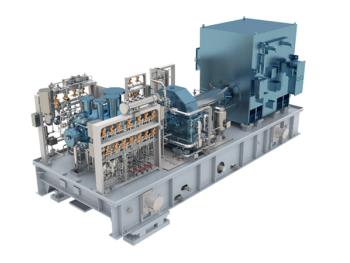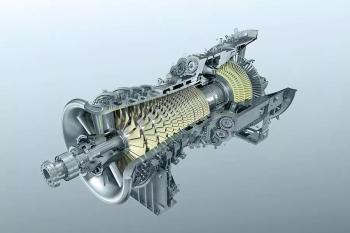
Design and manufacturing audits
Plant machinery safety and reliability begins during the project phase. Input from lessons learned and incorporation of the resulting best practices into the earliest phase of the project will ensure a plant that it enjoys optimum safety and reliability for its usable life.
(A mega project in the Middle East)
Using the best practices to convince and support the management will make your project and the resulting plant the “best of the best”.
The need for design and manufacturing audits depends on the equipment risk class, vendor and sub-supplier design, and manufacturing experience level. These audits can be conducted at any phase of the project, but the sooner the better. Prototype equipment requires that audits be conducted during the pre-FEED or FEED phase of the project.
Today, most projects are defined as Mega projects, since the process units are the largest size ever built and most probably will incorporate single equipment trains that are prototype in nature. Therefore, many projects require that design audits (pre-screening) should be conducted as soon as the project starts. Planning and conducting effective supplier design and manufacturing audits requires pre-planning and a significant amount of work, but it is certainly worth the effort in terms of increased profits and reduced project schedule. A design audit should ideally include:
Detailed agenda, well in advance
Design audit at vendor’s offices with follow-up at end user’s offices
Manufacturing audit at vendor’s and/or sub-supplier’s plants
End user specialists must participate
Conduct preliminary end user in-house checks prior to the design audit if possible
Other salient points that should be taken into consideration are the machining capabilities (max, size capability), balancing capabilities (low speed and/or high speed, max rotor size), size of assembly area, shop load status, testing capabilities (gas test, full load test, power limits), handling capabilities (max lift, laydown area) and shipping capabilities.
After conducting the appropriate audits, prompt follow-up regarding any action items is required, to confirm the acceptance of the supplier and/or sub-suppliers, and to maintain the project schedule. Prepare an executive summary of conclusions, immediately present it to the project team for approval, inform vendors of results and prepare vendor follow-up meeting agenda.
After completion of the required audits, regardless of the project phase in which they were conducted, follow-up document review is essential to confirm that all stated design and manufacturing requirements are met. Always remember to send agendas well in advance to allow the vendor sufficient time to prepare the required material.
Newsletter
Power your knowledge with the latest in turbine technology, engineering advances, and energy solutions—subscribe to Turbomachinery International today.




